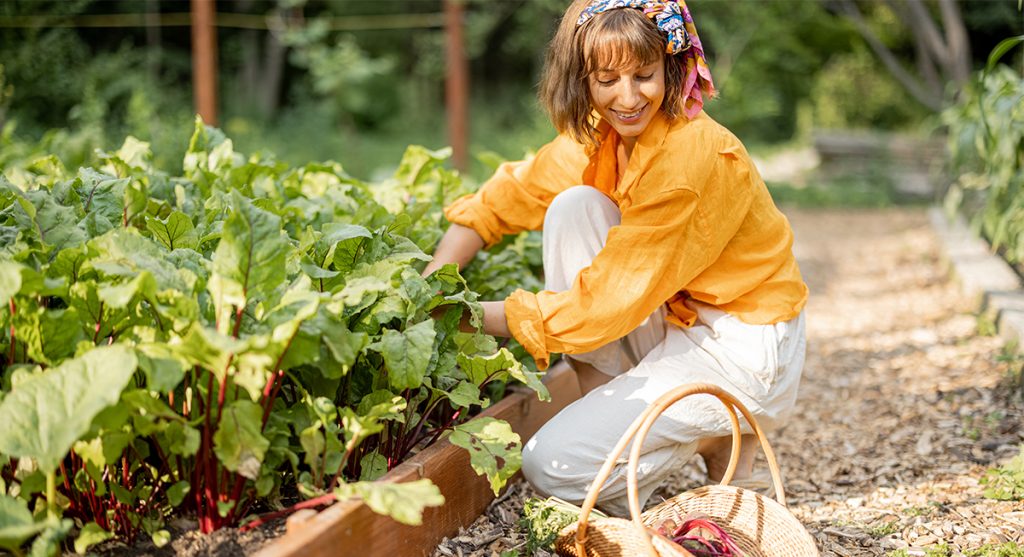Remember a time before doom-scrolling and app notifications? A time when the call to adventure wasn’t a push notification but the sound of your own imagination and the shouts of your friends? For many of us, that simpler time was filled with outdoor games that required nothing more than sunshine, creativity, and a willingness to get a little dirty. Here are 22 outdoor games that kept kids busy before smartphones.
Hide-and-Seek
A timeless classic that transcended backyards and playgrounds. The thrill of finding the perfect hiding spot, the suspense of waiting to be found, and the mad dash for “home base” – pure, unadulterated fun.
Tag
Another playground staple, tag required agility, quick thinking, and the ability to outrun your friends (or strategically trap them!). Variations like freeze tag and capture the flag kept things interesting.
Kick the Can
This simple game, played with a can and a ball, could transform a quiet street into a thrilling game of chase and strategy. The goal? Kick the can far enough to avoid being tagged by the “seeker.”
Red Rover, Red Rover
Calling on all the neighborhood kids, Red Rover was a test of strength and teamwork. Two teams lined up facing each other, chanting the rhyme, before a daring member would attempt to break through the opposing line or be caught.
Dodgeball
This playground favorite required throwing accuracy, agility, and the ability to dodge a stinging rubber ball. Epic dodgeball battles tested friendships and created unforgettable memories (and maybe a few bruises).
Jump Rope
A solo or group activity, jumping rope was a great way to burn energy and develop coordination. Rhyming chants and increasing difficulty levels kept things challenging and fun.
Hopscotch
A colorful hopscotch grid drawn with sidewalk chalk became a stage for agility and balance. Hopping on one leg, tossing a small rock, and navigating the squares kept kids entertained for hours.
Four Square
This fast-paced game required quick reflexes and ball-handling skills. Four players occupied each square of a marked court, volleying a ball back and forth according to designated rules.
Stickball
Using a broomstick for a bat and a tennis ball or a makeshift substitute for a ball, stickball offered a backyard alternative to baseball. Finding the perfect vacant lot and recruiting enough players transformed an afternoon.
Marbles
These small, colorful spheres were the stars of countless games. From creating playing rings to flicking marbles into designated holes, the challenge and competition kept kids coming back for more.
Building Forts
Sticks, blankets, and bedsheets became the building blocks for epic forts. Backyards transformed into secret hideouts, castles, or spaceships, fostering creativity and cooperation.
Capture the Flag
This strategic game divided friends into teams, each guarding their own flag while trying to capture the other team’s flag. It required stealth, teamwork, and the occasional daring dash through enemy territory.
Manhunt
Similar to hide-and-seek, but on a larger scale, a game of manhunt involved hiding in a designated area while a “seeker” tried to find everyone. The thrill of the chase and the challenge of finding the perfect hiding spot made this a favorite.
Water Balloon Fights
On a hot summer day, there was nothing quite like a refreshing water balloon fight. Filling balloons, launching sneak attacks, and the joyous shrieks of getting soaked – a guaranteed recipe for summertime fun.
Bike Rides and Adventures
A trusty bicycle opened up a world of exploration. Cruising around the neighborhood, venturing to hidden parks, or simply enjoying the wind in your hair – bikes provided freedom and endless possibilities.
Building a Treehouse
The ultimate backyard project, building a treehouse, was a dream for many kids. Gathering scrap wood, hammering nails, and creating a space high above the ground – a symbol of accomplishment and a cozy hideout.
Sidewalk Chalk Art
The smooth expanse of a sidewalk became a canvas for creativity. From hopscotch grids to elaborate murals, sidewalk chalk art brightened neighborhoods and sparked imaginations.
Flashlight Tag
As night fell, tag transformed into a game of shadows and suspense. Armed with flashlights, kids chased each other through backyards and parks, the beam of light revealing the “it” person.
Stardust
This game involved drawing elaborate, swirling patterns on the sidewalk with sparklers, creating mesmerizing trails of light. It was a beautiful and calming activity, perfect for a warm summer night.
Can You Top This?
This storytelling game relied on creativity and imagination. Taking turns adding fantastical elements to a story, each player tried to “top” the previous one, resulting in hilarious and outlandish narratives.
Ghost in the Graveyard
A nighttime adventure for the slightly braver souls, playing ghost in the graveyard involved hiding in a designated area (not an actual graveyard!) and calling out, “Ghost in the graveyard!” The “seeker” then tried to find everyone based on their voices.



